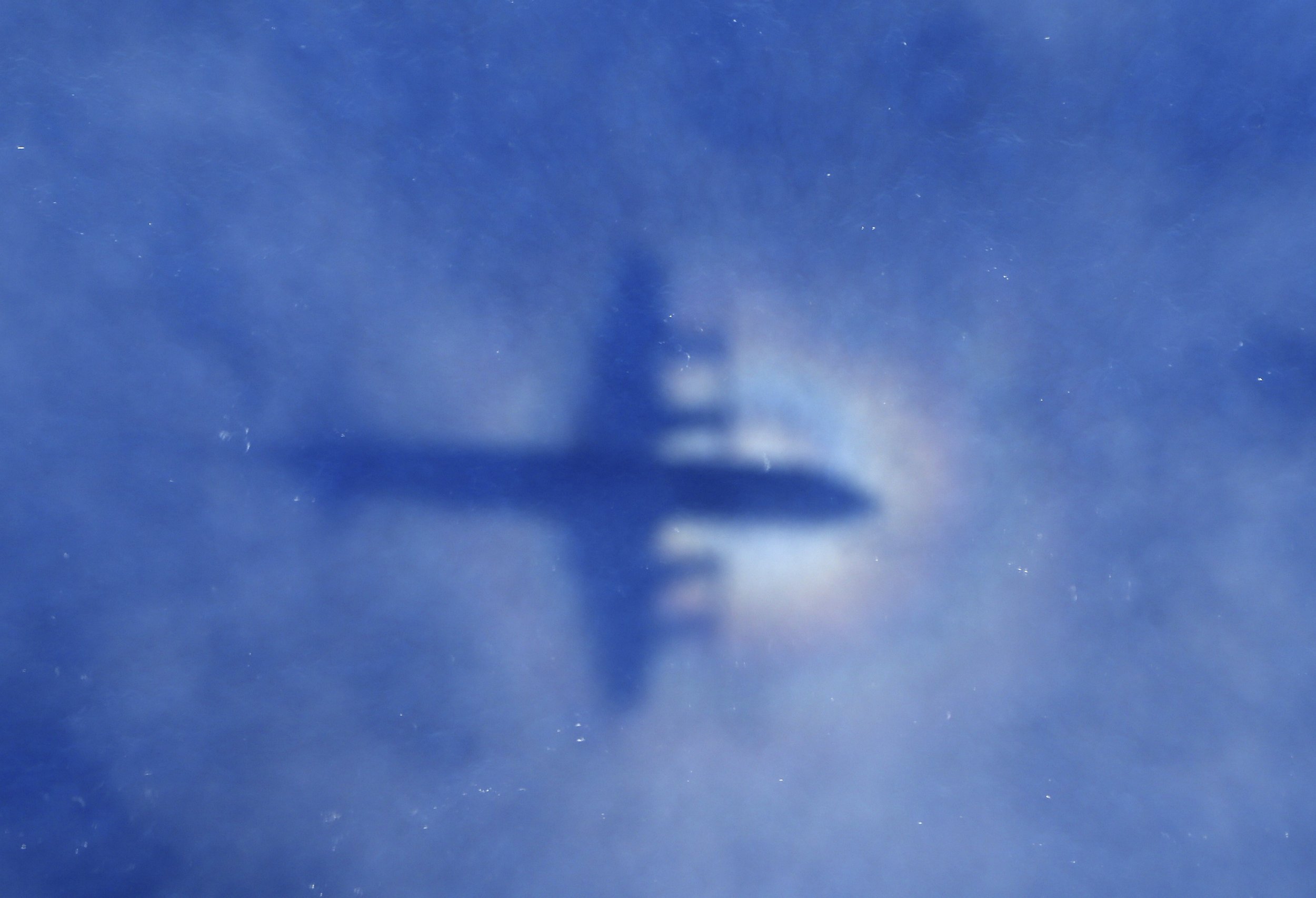
Australian investigators say that after three and a half years and the largest and most expensive underwater search in history, the fate of Malaysia Airlines Flight MH370—which disappeared on March 8, 2014—remains an "almost inconceivable" mystery.
The Australian Transport Safety Bureau (ATSB) delivered its last statement on MH370's disappearance on Tuesday, describing the search effort as extraordinary. But it said its failure to find the wreckage was "societally unacceptable in the modern aviation era."
The Boeing 777 aircraft went missing during a commercial flight from Kuala Lumpur in Malaysia to Beijing, carrying 12 crew and 227 passengers. One of many unexplained mysteries surrounding the disaster is why, when the plane veered off course, it continued to fly for seven hours and sent no automatic transmissions.
The plane's last recorded location was at the northern tip of Sumatra, a large Indonesian island, after which it was airborne for six hours with its satellite and navigation systems turned off.
The search for the plane began immediately and lasted 1,046 days, covering several million square kilometers of surface and a further 710,000 square kilometers of the seabed. In January, with no new evidence found, a joint decision was made by the Australian, Chinese and Malaysian governments to call off the search. It will be restarted only if credible new evidence emerges.
The ATSB report insisted that the search was still productive despite its lack of results. Official understanding of MH370's location—where it was and where it wasn't—"is better now than it has ever been," the report said. The cause of the disappearance, however, remains as much a mystery as ever. This is likely to be the case until the aircraft is found.
Theories and wild conspiracy theories have been circulating ever since the plane's disappearance. Sabotage, a suicidal pilot, electrical failure, fire and depressurization of the cockpit are all considered possible explanations. Investigators have ruled out hijacking.
More than 20 pieces of possible debris have been found on the African coast, Australia's western coast, and islands in the Indian Ocean.
The ATSB report apologized to the relatives of the victims for failing to give them closure. Many of them were angered by the authorities' decision to call off the search.
"The ATSB expresses our deepest sympathies to the families of the passengers and crew on board MH370," the report concluded. "We share your profound and prolonged grief, and deeply regret that we have not been able to locate the aircraft, nor those 239 souls on board that remain missing."
Uncommon Knowledge
Newsweek is committed to challenging conventional wisdom and finding connections in the search for common ground.
Newsweek is committed to challenging conventional wisdom and finding connections in the search for common ground.





